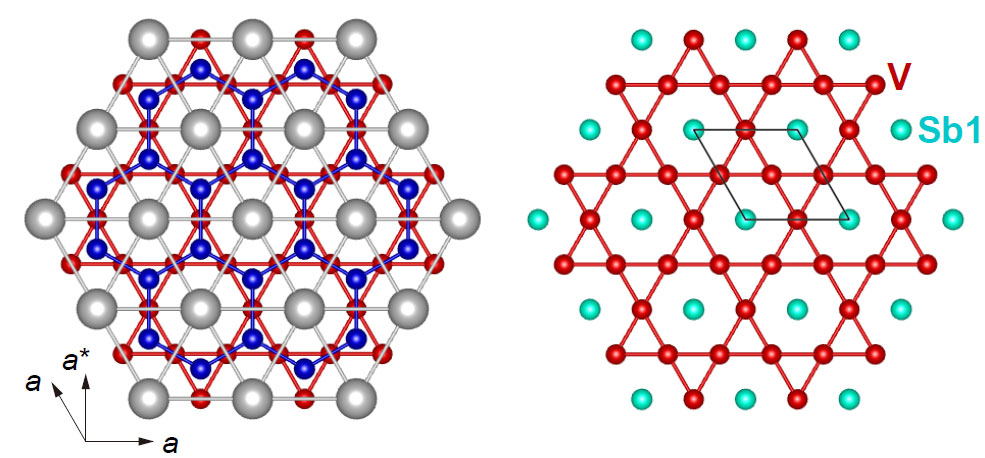PC-1-1-INV
Novel in-plain anisotropy of the Kagome superconductor CsV3Sb5
10:00-10:30 28/11/2023
*Shingo Yonezawa
Department of Electronic Science and Engineering, Kyoto University, Kyoto 606-8510, Japan
Recently, AV3Sb5 (A = K, Rb, Cs) with vanadium Kagome net has been attracting tremendous attention [1]. This family exhibits charge-density-wave (CDW) order around 80-100 K, and further exhibits superconductivity below around 3 K for A = Cs and 1 K for A = K and Rb. Various experiments indicate that both orderings are accompanied by non-trivial symmetry breakings such as rotational and time-reversal symmetry breakings.
In this work, in order to reveal unconventional nature of superconductivity in CsV3Sb5, we investigate in-plane anisotropies of its superconductivity by means of field-angle-resolved calorimetry [2]. We discovered that this compound exhibits unique superconducting anisotropy consisting of both nematic and six-fold features [2]. We observed that the six-fold anisotropy observed in the in-plane Hc2 robustly persists very close to zero-field Tc. This observation is in conflict with the standard Ginzburg-Landau theory for hexagonal superconductors, predicting the six-fold anisotropy becomes vanishingly small near zero-field Tc [3]. We also found that low-temperature low-field specific-heat anisotropy, detecting low-energy quasiparticle excitation, exhibits clear oscillation, indicating a node-like structure in the superconducting gap [4]. Our observation is well interpreted as a multi-component order parameter coupled with a crystalline-symmetry lowering, as discussed in the contexts of hexagonal and trigonal superconductors such as UPt3 [3,5] and doped Bi2Se3 [6].
In this presentation, we explain details of the experimental results and discuss their implications.
[1] For recent reviews, see T. Neupert et al., Nature Phys. 18, 137 (2022); K. Jiang et al., Natl. Sci. Rev. 10, nwac199 (2023).
[2] K. Fukushima, SY et al., arXiv:2303.11072.
[3] J. A. Sauls, Phys. Rev. B 53, 8543 (1996).
[4] K. Fukushima, SY et al., in preparation.
[5] P. L. Krotkov & V. P. Mineev, Phys. Rev. B 65, 224506 (2002).
[6] J. W. F. Venderbos et al., Phys. Rev. B 94, 094522 (2016).
This presentation is based on collaboration with K. Fukushima, K. Obata, S. Yamane, Y. Hu, Y. Maeno (Kyoto University), Y. Li, Y. Yao, and Z. Wang (Beijing Institute of Technology)
The work at Kyoto Univertity was supported by Grant-in-Aids for Scientific Research on Innovative Areas ”Quantum Liquid Crystals” (KAKENHI Grant Nos. 20H05158, 22H04473) from the Japan Society for the Promotion of Science (JSPS), a Grant-in-Aid for JSPS Fellows (KAKENHI Grant No. 20F20020) from JSPS, Grant-in-Aids for Scientific Research (KAKENHI Grant Nos. 17H06136, 22H01168, 23K17670) from JSPS, by Core-to-Core Program (No. JPJSCCA20170002) from JSPS, by a research support funding from The Kyoto University Foundation, by ISHIZUE 2020 and 2023 of Kyoto University Research Development Program, and by The Murata Science Foundation.
